Microwave digestion uses microwave to heat the digestion sample in the closed container, and the sample can be quickly dissolved and digested under high temperature and pressure, which can more efficiently meet the requirements of the sample processing process before analysis.
We have shared a lot about the application of microwave digestion system in geology, environmental protection, chemistry and other fields, and also introduced the principle and characteristics of microwave digestion system. Today we share detailed introduction about rotor and digestion vessels.
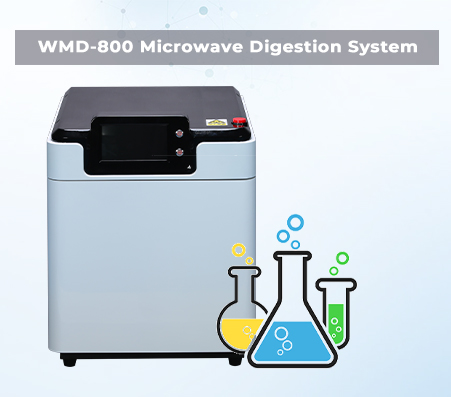
The use of microwave digestion system needs to be carried out in strict accordance with the instruction manual, and it must be ensured that the sample type is consistent, and the sample size, reagent type and reagent amount are consistent during each run of digestion.
Sample Weight Reference
General samples: 500mg ≤ dry powdered sample, 10mL ≤ liquid sample, please reduce the sample amount appropriately according to the difficulty of sample digestion and sample viscosity
Unknown sample: 50mg-100mg
Organic sample: 100 mg
Inorganic sample: ≤500mg
Composition of the rotor
The rotor is an important component of the microwave digestion system, supporting the sample digestion vessel, keeping the digestion vessel in place at all times, and supporting microwave heating, consisting of a drive, an auxiliary platform, and a sample loading platform.
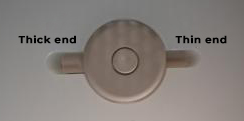
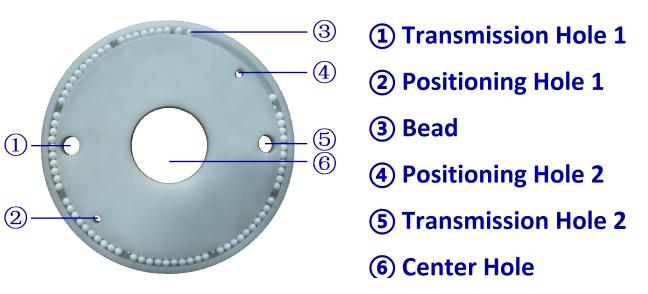
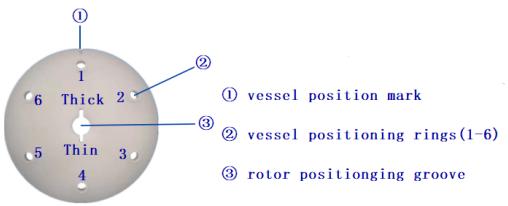
Picture of Rotor and Digestion Vessels
Material and composition of the digestion tank
The Welso microwave digester is composed of an inner vessel and an outer vessel, the inner vessel is made of imported TFM material, and the outer vessel is made of composite materials (imported PEEK mixed glass fiber), with a maximum working temperature of 250°C and a maximum working pressure of 6MPa.
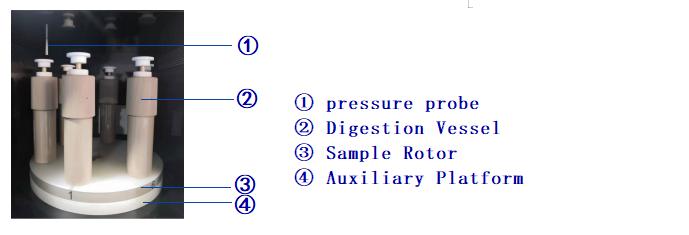
Digestion tank assembly and sampling
●First of all, it is necessary to check whether the inner vessel is clean and if it is well sealed
●Load the sample, add the digestion reagent, and mix well
●Start Digestion
● Close the lid and put it into outer vessel
● Tighten the outer vessel
● Don’t open the vessel until the temperature comes down to 60℃
● Unscrew outer vessel
● Unscrew slowly and stops immediately when the gas comes out.
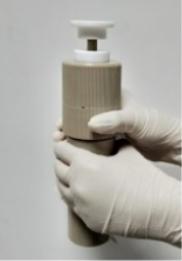
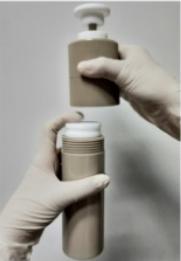
● When gas stops coming out, then continue screw the vessel until again gas comes out.
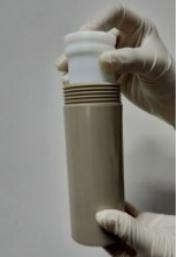
●Release pressure for several times until there is no gas coming out
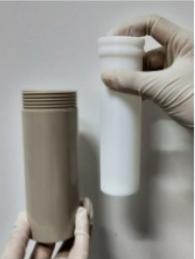
● Open the outer vessel, take out the inner vessel. Pay attention to the lid to avoid any liquid spilling out.
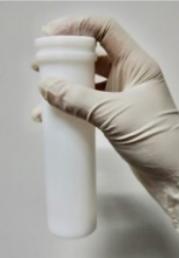
● Open inner vessel lid, rinse the suspension on the wall into the vessel.
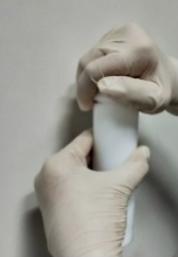
● Wait for acid evaporation, transfer the liquid
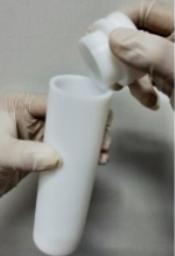
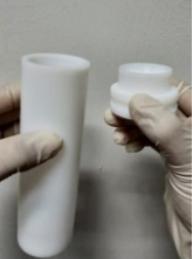
Note:
● Pay attention to vessel gesture: Press the sealing lid by one finger and hold the vessel body by other fingers. Please refer to above picture.
● Slightly tightened: When assembling the parts, after encountering resistance when rotating or toggling, it can be tightened again, so that the parts will not loosen under the condition of external force.
●When opening the digestion vessel, if there is still pressure in the vessel, be sure to slowly depressurize it several times before opening the outer vessel.
●Unscrew and unplug the sealing cap: only unscrew without pulling can not open the inner vessel, be careful to avoid spilling out.
●The same digestion vessel cannot be used for both microwave digestion and microwave extraction, and the digestion and extraction should use different vessel to ensure the safe use of the instrument.
●During digestion or extraction, it is necessary to ensure that the solution in the digestion vessel can absorb microwaves, and non-polar solutions cannot be used for microwave digestion or extraction.
For the microwave digestion instrument, the standard operation is the key to ensure the safe use of the instrument, the installation and use of the rotor and digestion vessel is the basis that the operator must master.Iff you have any needs and questions, please feel free to contact Welso.

Follow official account